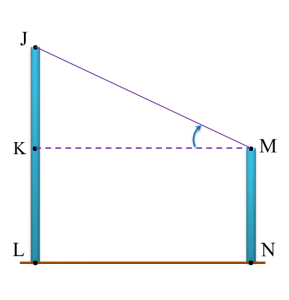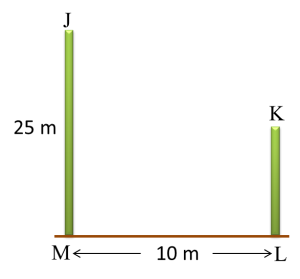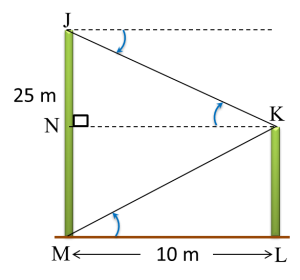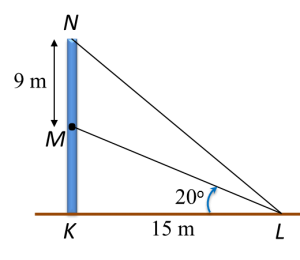(D) Converting Numbers in Base Two, Eight and Five to Base Ten and Vice Versa
1. Steps to convert numbers in base 2, 8 and 5 to base 10 are as follows.
(a) write the number in expanded notation.
(b) simplify the expanded notation into a single number.
Example 1:
Convert each of the following numbers to a number in base 10.
(a) 101012 (b) 14238 (c) 3245
Solution:
(a) 101012 = 1 × 24 + 0 × 23+ 1 × 22 + 0 × 21 + 1 × 20 = 2110
(b) 14238 = 1 × 83 + 4 × 82+ 2 × 81 + 3 × 80 = 78710
(c) 3245 = 3 × 52 + 2 × 51+ 4 × 50 = 8910
Calculator Computation
1. Set the calculator to the ‘BASE’ mode by pressing:
[MODE] [MODE] [3 (BASE)]
2. Set the calculator to the desired number system by pressing:
[BIN] → for base 2
[DEC] → for base 10
[OCT] → for base 8
Key in the following:
(a)
[BIN] 10101 [=] [ DEC ]
The screen display is: [21]
Therefore 101012 = 2110
(b)
[OCT] 1423 [=] [ DEC ]
The screen display is: [787]
Therefore 14238 = 78710
|
2. Steps to convert a number in base 10 to a number in base 2, 8 and 5 are as follows.
(a) perform repeated division until the quotient is zero.
(b) write the number in new base by referring to the remainders from bottom to the top.
Example 2:
Convert 6110 to a number in
(a) Base two (b) base eight (c) base five
Solution:
(a)
(b)
(c)
Calculator Computation
1. Set the calculator to the ‘BASE’ mode by pressing:
[MODE] [MODE] [3 (BASE)]
2. Set the calculator to the desired number system by pressing:
[BIN] → for base 2
[DEC] → for base 10
[OCT] → for base 8
Key in the following:
(a)
[DEC] 61 [=] [ BIN ]
The screen display is: [1111012]
Therefore 6110 = 1111012
(b)
[DEC] 61 [=] [ OCT ]
The screen display is: [75]
Therefore 6110 = 758
|








































